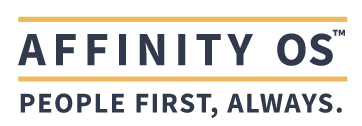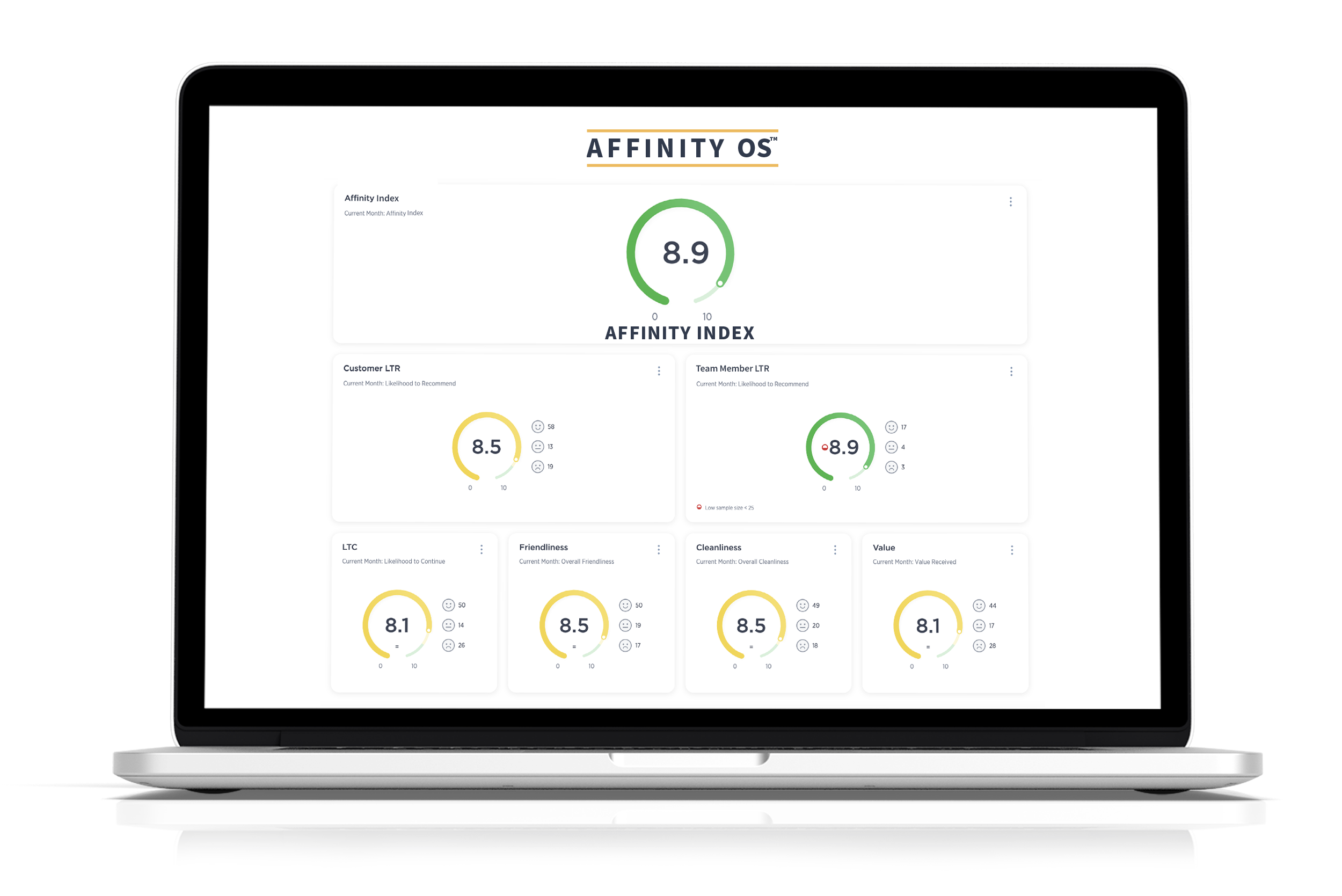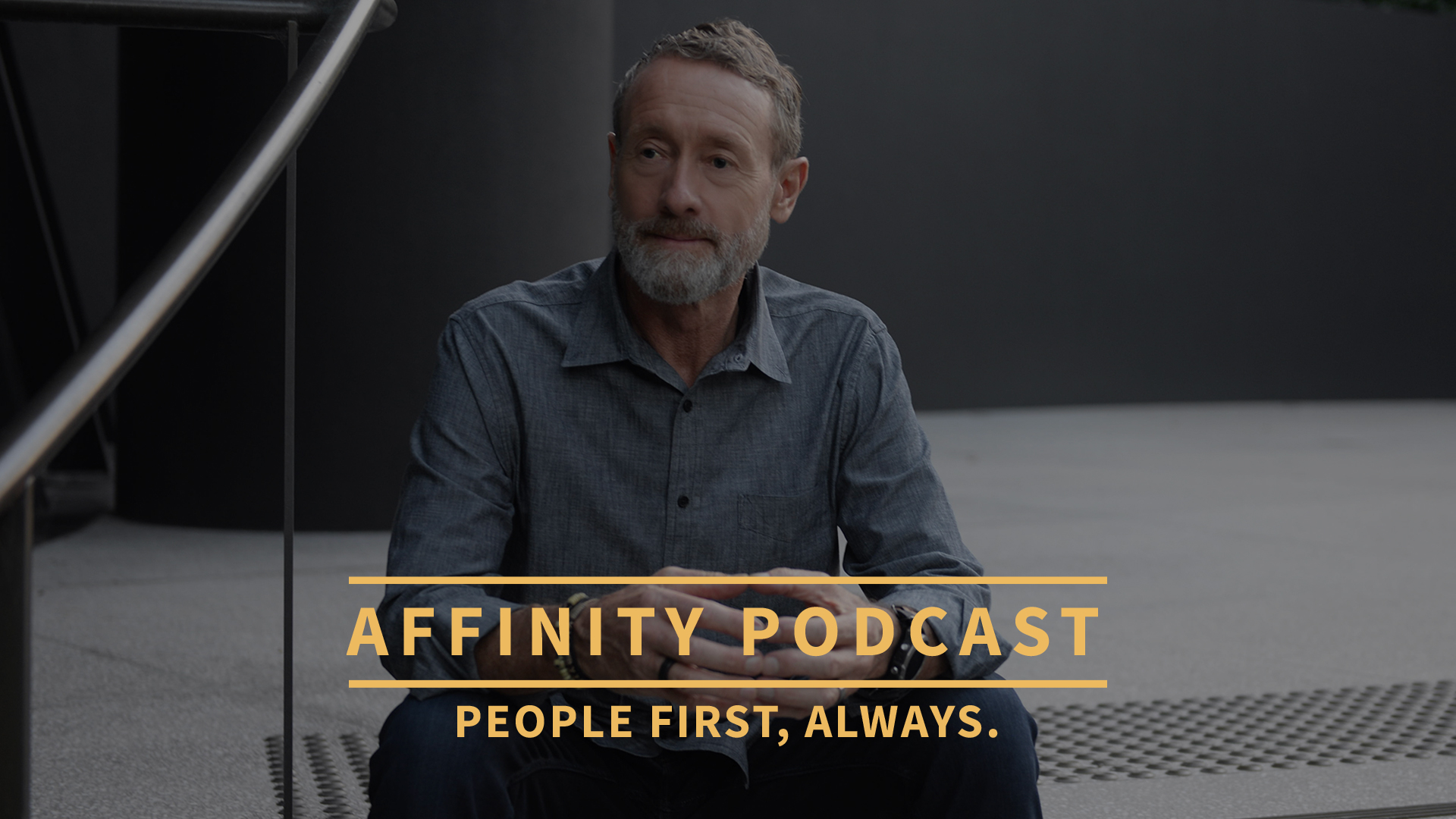Measuring Team Member Engagement Beyond eNPS


Grant Ian Gamble is a best-selling mindful leadership author and speaker. He has over 30 years of experience in leading teams to create innovative customer experiences, building engaged workforces, and developing leaders who prioritize mindfulness in their approach.
While the Team Member Net Promoter Score (eNPS) is a powerful tool for gauging team member engagement, it shouldn’t be the only metric you rely on. Just like customer engagement, team member engagement is a multi-faceted concept that is best understood by looking at a variety of metrics. In this section, we’ll introduce two additional measures that complement eNPS: Team Member Satisfaction Score (TSS) and Team Member Effort Score (TES).
Measuring Team Member Engagement Beyond eNPS: Team Member Satisfaction Score (TSS)
Explanation: TSS measures the level of satisfaction that team members have with their overall work environment, tasks, and roles. Unlike eNPS, which gauges the likelihood of team members recommending the organization as a great place to work, TSS dives deeper into the elements that make up a team member’s work life.
Calculation: TSS is often calculated through a survey that asks team members to rate their satisfaction on a scale of 1 to 10 for various aspects of their job. These could include work-life balance, support from management, opportunities for career development, etc. The average score gives you the TSS. AFFINITY OS measures not only Team Engagement (eNPS), but also Team Member Satisfaction Score (TSS)
Importance in Team Member Experience Management: High TSS scores often indicate a positive work environment and strong team member engagement. Low scores can alert management to areas that need immediate attention, which can be targeted for improvement.
Measuring Team Member Engagement Beyond eNPS: Team Member Effort Score (TES)
Explanation: TES measures the ease with which team members can get their jobs done efficiently and effectively. This includes the availability of tools, support, and resources they need to complete their tasks.
Calculation: TES is calculated through a simple survey that asks team members to rate the level of effort required to perform their jobs, usually on a scale from ‘Very Difficult’ to ‘Very Easy’. The scores are then averaged out to get the TES. AFFINITY OS measures not only Team Engagement (eNPS), but also Team Member Effort Score (TES).
Importance in Team Member Experience Management: A high TES score means that team members feel they can perform their jobs with ease, which positively impacts their engagement levels. A low TES can be an indicator of obstacles or challenges in the work environment, warranting managerial intervention.
By using eNPS, TSS, and TES in conjunction, you can get a holistic view of team member engagement and experience. These metrics allow you to understand not just how your team feels about the organization, but also how well the organization is supporting them to be successful in their roles. And as the AFFINITY Formula suggests, team member engagement is the cornerstone for delivering great customer experiences and achieving sustainable financial results.


Take your customer service skills—and your team—to the next level with the AFFINITY in Customer Service Certification!
More Articles:
Communication is Key in Customer Service: Unlock Your Potential with the AFFINITY in Customer Service Certification Training Module on “AFFINITY in Communication.”
In the customer service landscape, effective communication is more than a skill—it’s a lifeline. Whether it’s verbal, non-verbal, or written, how you communicate can make or break the customer experience. That’s why the AFFINITY in Customer Service Certification includes a specialized module on “AFFINITY in Communication,” aimed at helping you navigate the nuances of impactful interactions that puts “People First, Always.”
From Zero to Hero: Transforming Customer Experiences Through Engaged Team Members
When it comes to building a successful business, customer experience reigns supreme. In an era where customers have endless choices and high expectations, creating an exceptional customer experience is no longer optional—it’s essential. But what’s the key to making customers feel valued and satisfied? The answer lies in fostering a culture that puts “People First, Always.” In this blog post, we delve into the transformative power of people-centric cultures in enhancing customer experience.
The Pillars of Mindful Leadership: Putting People First for Unbeatable Customer Experience
In today’s business landscape, the importance of exceptional customer experience cannot be overstated. As a mindful leader, understanding that ‘People First, Always’ is not just a tagline but a philosophy can set you apart in a crowded marketplace. In this article, we delve into the pillars of mindful leadership that serve as a blueprint for achieving unbeatable customer experience.

 Interested in learning more about how to transform your organization’s approach to team member engagement and customer experience? Reach out to our team at AFFINITY OS, specialists in AI-driven customer and team member engagement optimization.
Interested in learning more about how to transform your organization’s approach to team member engagement and customer experience? Reach out to our team at AFFINITY OS, specialists in AI-driven customer and team member engagement optimization.
Put PEOPLE FIRST, ALWAYS and watch your business flourish.
Dive deep into the latest trends in customer experience and team engagement, mindful leadership and management. Discover practical tools and strategies that you can use to build a people-centric culture, the foundation for sustainable long-term business growth and success.
Led by mindful leadership expert, Grant Ian Gamble, a best-selling author and true visionary with over 30 years of experience in leading teams to create innovative customer experiences, building engaged, inspired and fulfilled workforces, and developing leaders who prioritize genuine connection in their approach.
The guiding principle behind all of Grant’s work is PEOPLE FIRST, ALWAYS.

CONTACT US
+61 475 866 592




